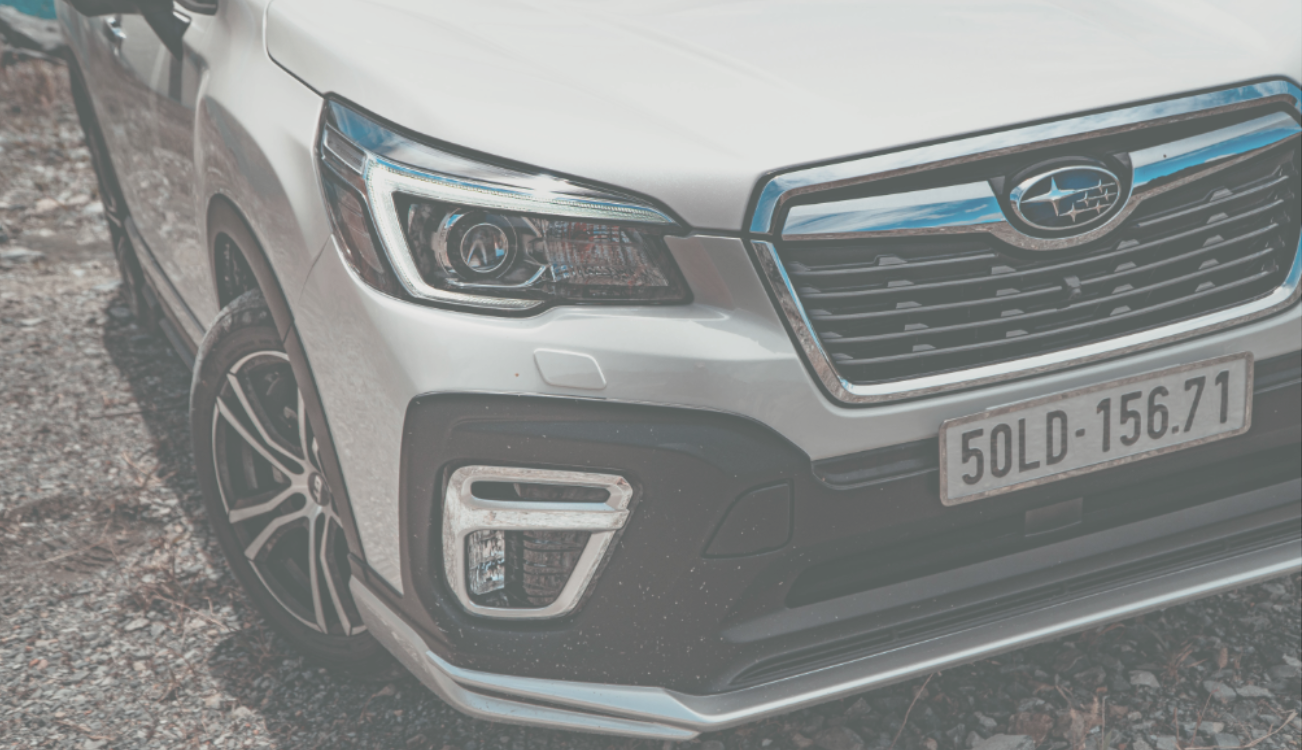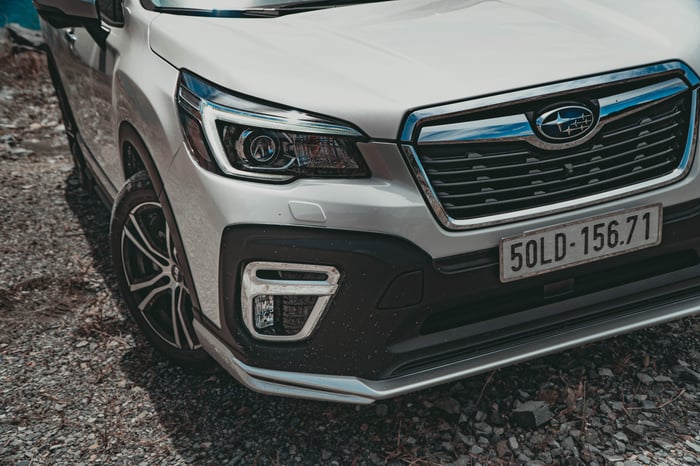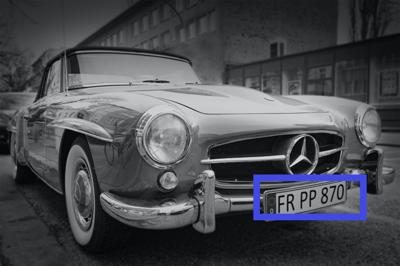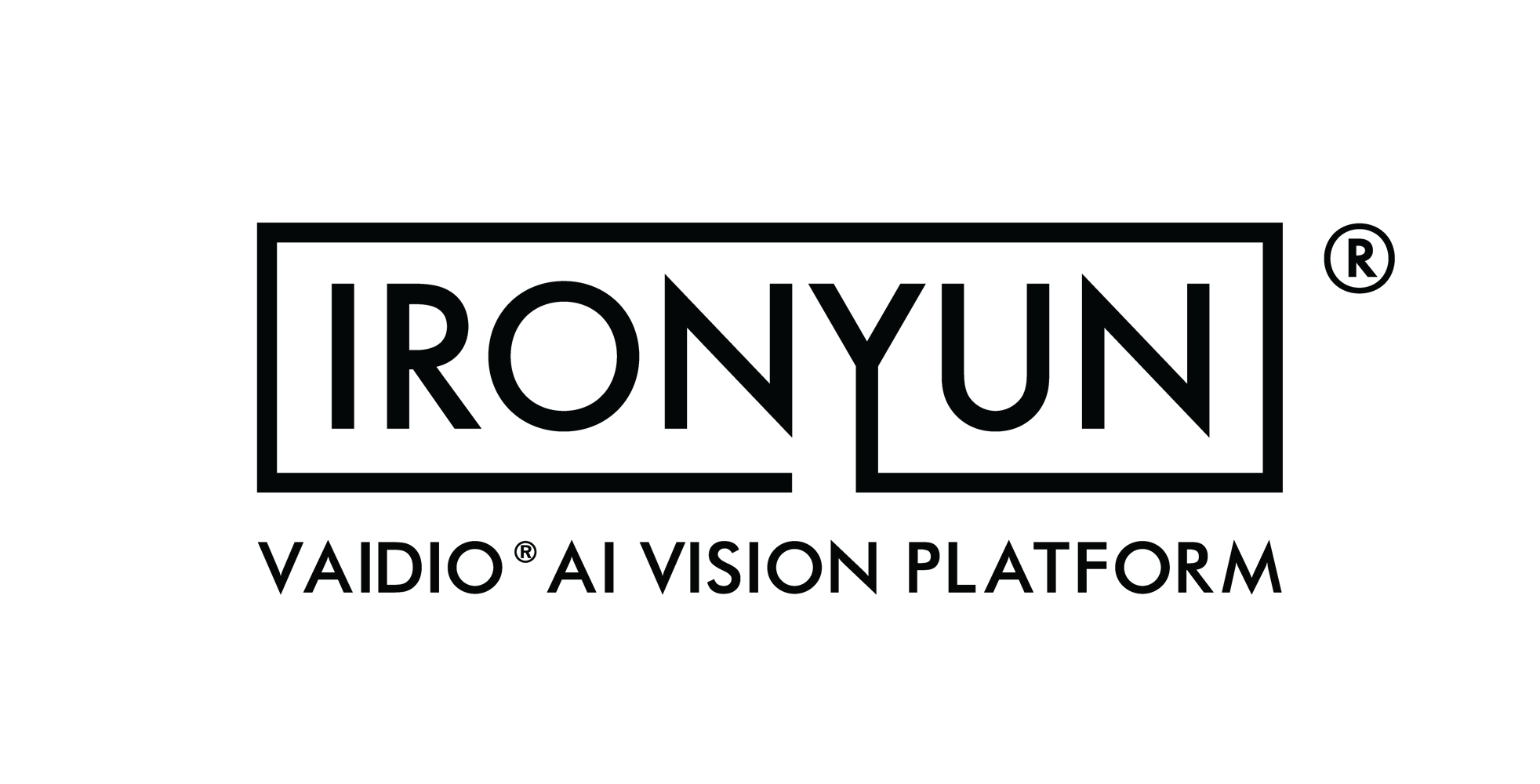5 min read
How To Increase Building Security with License Plate Recognition
IronYun Sep 14, 2021 4:09:37 AM


It doesn't matter if you have a full security team. Manually checking each vehicle is a hassle. Chances of human error only increase from fatigue and information overload.
That's where license plate recognition comes to the rescue. Security cameras hooked up to a state-of-the-art AI platform can give you an automatic license plate recognition system that will improve both effectiveness and efficiency.
Not only will your job get much easier, but your property will be much safer. Here's how you can increase security with a license plate recognition system.
How Does License Plate Recognition Work?
At first, license plate recognition (LPR) may sound foreign, but most people actually come in contact with it every day. Police officers use it to check cars against their databases of drivers and stolen vehicles. Cameras over traffic lights and toll plazas use it to track vehicles.
There's no reason why you shouldn't be using it as a part of your surveillance strategy. So how does it work?
You'll need to install security cameras in key positions that will easily record license plates throughout the day. For example, you should have one at your point of entry, such as your gate or ticket machine. You can also put them throughout the property pointed towards parking spots.
These security cameras should be sending their footage to your security system. You can choose to buy new license plate recognition cameras, but that can be expensive. Instead, you can keep your existing security cameras and connect them to an AI security platform.
Each license plate will then be recorded in your system. On your end, you should build a list of license plates for the system to check its data against. Advanced AI platforms will enable you to easily upload and update your database. By doing this, your surveillance system will recognize each license plate that comes through or alert you if it doesn't.

How To Increase Security With License Plate Recognition
Once you understand how license plate recognition works, you can implement it into your surveillance strategy. To improve security, you'll need to set some actionable ways to use this new technology.
First, you'll need to make sure that you install the system correctly so that it can work properly.
- Make sure the area is well-lit at all times of the day.
- Make sure the camera is close enough to vehicles that it can read the license plate numbers without zooming in beyond recognition.
- Make sure the angle of the camera is not too high or too angled.
- Place your cameras in an area where traffic will not be moving faster than 35 mph. The slower, the better.
Following the above steps will ensure that your surveillance system can store data accurately. Below is a list of ways you can optimize your use of license plate recognition to make the most of your security camera system. But note: advanced AI can accurately read license plates even in low light or bad environmental conditions.
Checking Pre-Approved Visitors
If your property only allows pre-approved personnel, license plate recognition is a great way of checking vehicles. You can require personnel to provide information on their vehicle before they visit and keep that information on file.
Having a list of approved vehicles in your system allows your AI platform to recognize authorized visitors. If you have separate lots for different levels of clearance, you can tell the system which vehicles are allowed in which areas. You'll receive automatic alerts about offenders so that you can respond promptly.
If you aren't pre-approving vehicles, you can still use license plate recognition to keep an eye on repeat vehicles. Over time, your security system can learn which cars are known vehicles in your community and which ones are unknown. Being alerted to strange vehicles on your property can help you keep an eye on unexpected visitors.
In addition, having a license plate recognition system removes the need for ticket machines or gates that can slow down incoming and outgoing traffic. Cars can pull in without being stopped to check identification or punch in a code. If you want to know who's coming to the property, but you don't want to restrict who is allowed in, this is a great way to maintain security.
Deterring Crime
Making visitors aware of increased security can prevent crimes. If you're installing a surveillance camera system, you can also put up signs that warn visitors of surveillance. Signs that explain that there is license plate recognition surveillance might stop potential offenders from continuing.
Studies have shown that having surveillance cameras makes citizens feel safer. Combining cameras with good lighting and guard presence can make a huge difference. The presence of cameras and other security measures has proven to reduce vehicle crimes in parking garages.
Having an AI platform watching your footage and alerting you of offenders also allows you to respond quickly. Building a reputation of reliability and quick responses can deter potential offenders and quick responses for security purposes can deter potential offenders. Some AI vision systems even provide intrusion detection, facility monitoring, facial recognition, smoke, fire and/or weapon detection in addition to LPR for complete security coverage.
Alerts For Repeat Offenders
Artificial intelligence gets its name from its ability to learn over time. It takes cues from its human users and historical data to improve its performance. The longer you have an artificial intelligence platform running your surveillance, the better it will get at helping you.
This is especially true if you have repeat offenders of your security policies. Once your surveillance system notes once that someone with a certain license plate has broken a rule, it can store that information in a database. Whenever that person revisits, you can be alerted and choose the appropriate action.
If you have information in your database that alerts you of a specific risk that person poses, you will be able to judge your approach. You might choose to approach on your own or enlist the help of law enforcement instead.
Learning Patterns of Behavior
Machine learning also means that your AI platform will get to know your community's patterns. It will store historical license plate data and constantly check new data against it. Human behavior is very repetitive, so a good surveillance system can pick up when something is off.
You can set parameters for what your AI platform should look for, and you can also allow it to learn slowly on its own. You choose to be alerted if something happens that day that is very unusual. Your AI platform can use license plate lookup to attribute that unusual behavior to a specific vehicle.
A license plate recognition system could flag when a vehicle changes the times of day and lengths of time that it comes in and out. If these new patterns are unusual, or it's an unrecognized car, you could be alerted to a potential threat.
Aiding In Future Investigations
Having an accurate record of who comes in and out of your property can help with later investigations. If you have had an incident on the property, such as sexual assault or vandalism, you can go back into historical license plate data and pinpoint the person responsible.
You'll have video footage of that person, the vehicle they arrived in, and the license plate number to identify them. Any crimes that happen on your property could be swiftly solved and lead to justice with the help of advance AI coupled with effective LPR / ALPR.
Improve Your Security Today
Upgrading your surveillance strategy with an advanced AI-based license plate recognition system can increase both security and efficiency. Your company and your visitors will appreciate the extra protection they receive from this added layer of security.
IronYun’s Vaidio™ AI Vision platform can integrate with existing cameras and VMSs to provide comprehensive security and LPR. Contact IronYun today to learn more.


